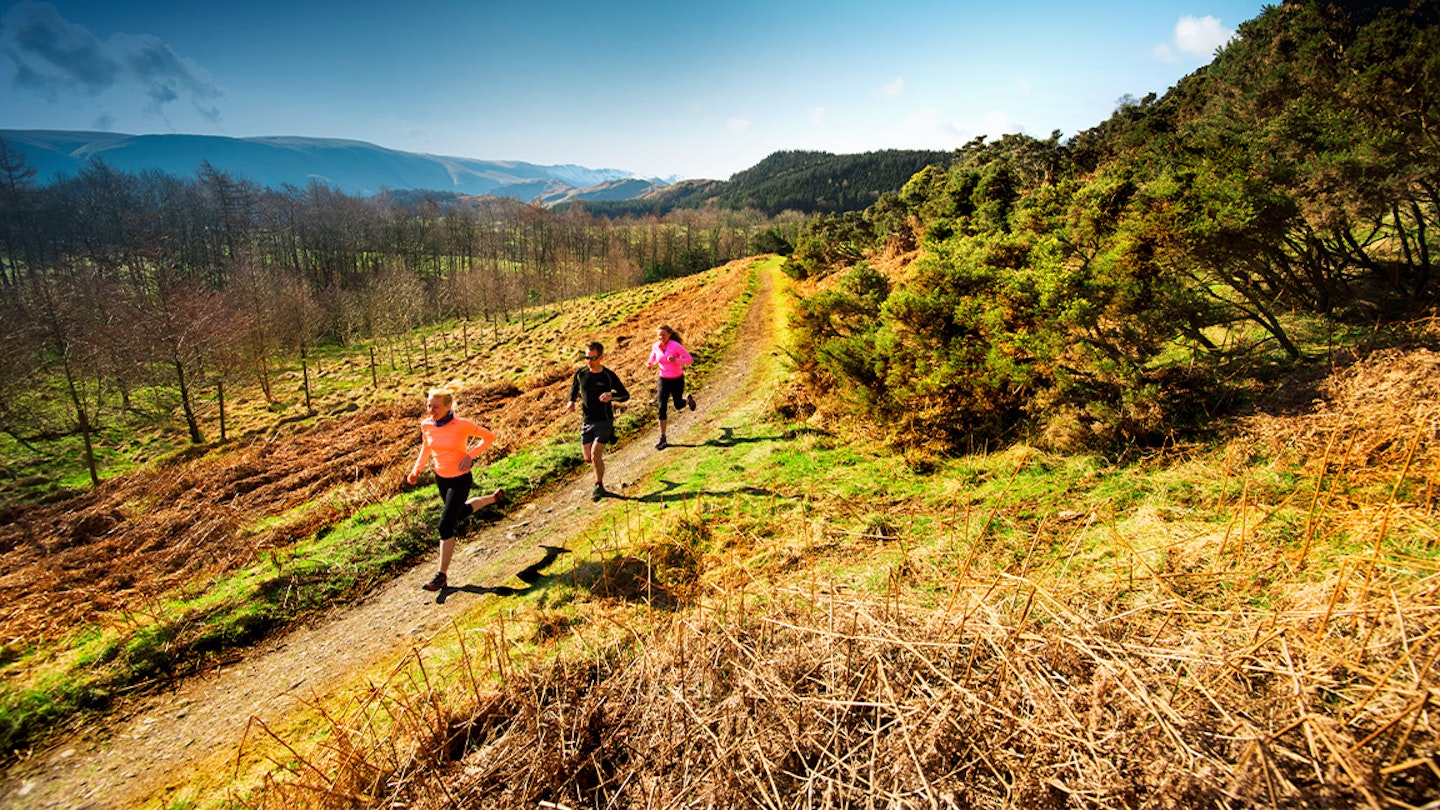A half marathon is the perfect running distance to challenge yourself and a great entryway into longer distance running. At 21.1km or 13.1 miles, the half-marathon came about as an alternative to the marathon distance and is now one of the most popular race distances for runners. We asked Run the Wild run leader and coach, Karin Voller, her tips on the best way to train for a trail half marathon...
Maybe you've just completed the Couch to 5K and you're setting your sights on a further challenge, have just ran your first 10km, or you're coming back to running after a break. Perhaps a trail marathon feels a bit daunting, and you can’t stand the thought of a lung-busting 5km program. The half marathon could be your sweet spot.

Unlike a marathon which requires a lot of time sacrifice, the half marathon distance should be achievable for most that are up to the challenge. The men’s half marathon world record is currently 57 minutes, 31 seconds, which was set by Jacob Kiploma at the Lisbon marathon in 2021. That puts the average UK runner’s time of 2hrs 2minutes into perspective! While the women's current half-marathon world record sits at 1h, 2 minutes, 2 seconds, also set in 2021 by Letesenbet Gidey at the Valencia half marathon.
In this article, we explain how half marathon training plans work and what the essential ingredients are to see improvements. You may have heard of tempo runs, intervals sessions, and everything else in between, we break down the key session you should be doing to adapt and prepare the body for the effort of running a half-marathon.
Half marathon training plan
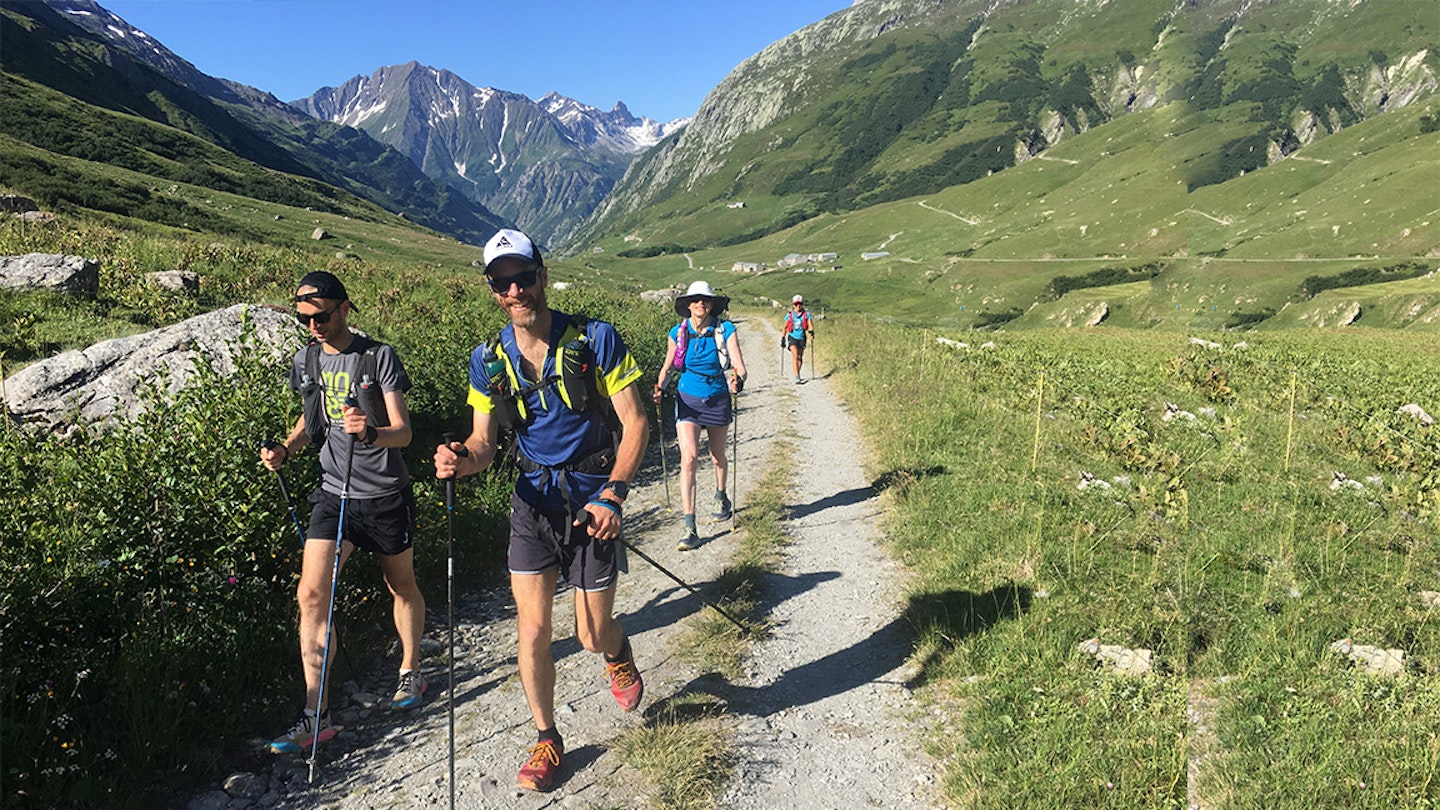
What makes a good half marathon plan? The basic components remain the same regardless of distance. Any training plan should be a mix of easy, tempo, intervals, hills, and longer runs.
Despite it being a very achievable distance, the half marathon still requires a solid endurance base so should not be underestimated. I would typically suggest 16 weeks at least for a marathon training block, whereas for a regular runner, 12 weeks should see considerable gains in a half marathon performance.
The challenge remains the same as any training program: training hard enough to make gains, without overtraining leading to injury. All training programs should be supplemented with strength and conditioning, cross training, and becoming attuned to your body to know when you need to back off, book a sports massage, or perhaps step-up your training if you aren’t pushing hard enough.
To improve or obtain the ability to complete the distance, physiological changes need to occur, and yes sadly the adage is true - to run faster, you do at some point need to actually run faster (that means speed sessions people)!
How to train for a half marathon:
The number of times a week you run does depend on where in your running journey you are starting. I recommend at least one rest day per week, and ideally at least three running days a week to really see improvements. Saying that, a plan has to fit around your life or you will never stick to it.
The age-old rule of never increasing intensity/time/distance more than 10% a week can be somewhat ignored if you are just starting out and your mileage is very low. However, if you are already running 50km plus a week, big increases on this may well lead to a running injury.
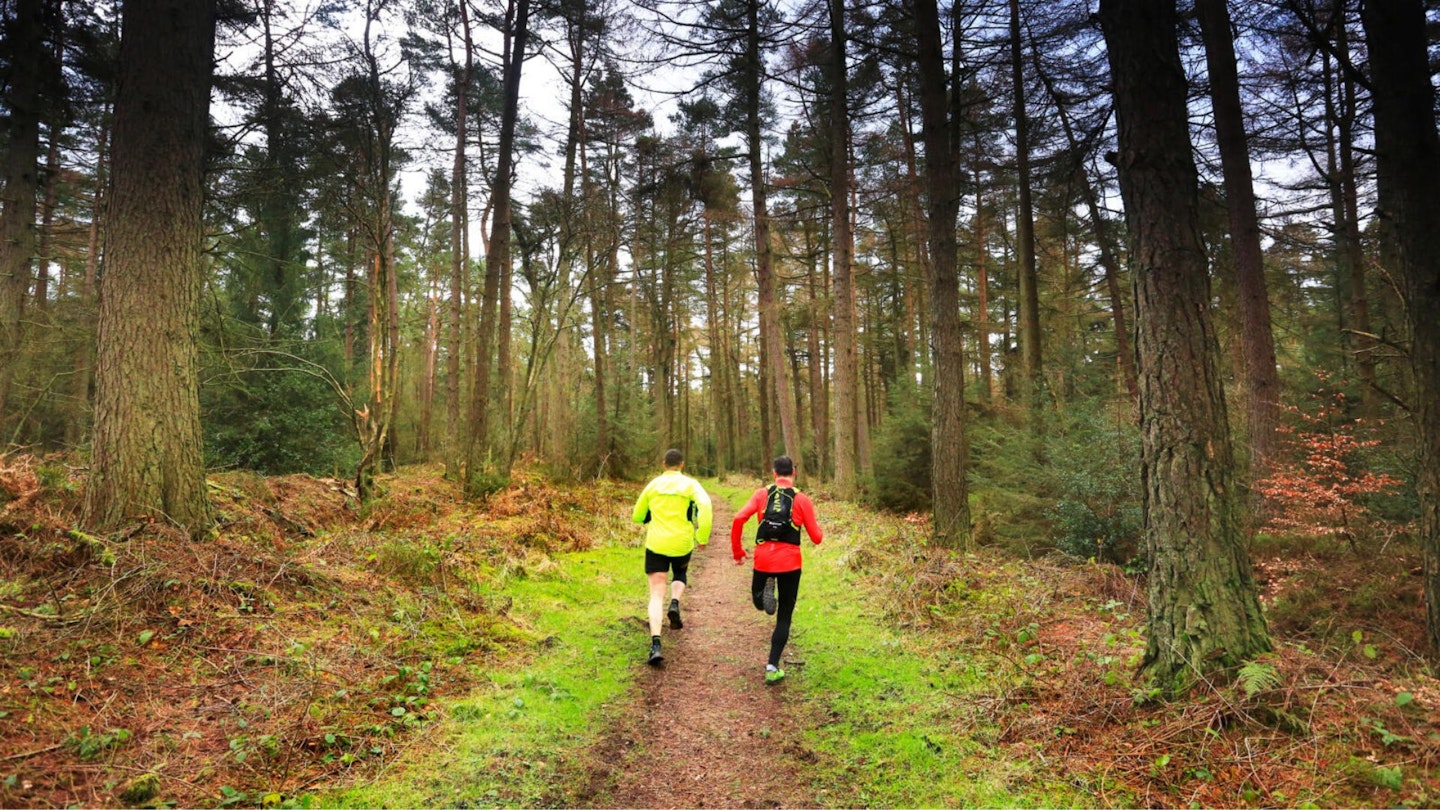
Training for a half marathon on the trails
In order to train for a trail half marathon, you will have to spend most of your training runs on trails, the road will only get you so far! Trail running is a whole body workout and requires you to practice more dynamic movement, like jumping over obstacles and therefore, puts greater demands on your proprioception. Not only that but it also requires mental focus; you need to be present in the moment at all times on a technical path or running downhills.
So by training on the trails, you will be more ready for your event. During that process you will also tune your technique for running downhill and gain good endurance for the uphills, something not usually a factor in road running.
Finally, trail running does need more strength. Strength and conditioning are critical and although they are arguably essential for all types of running, trails are less forgiving if you miss this out of your program. Good leg and core strength will help you deal with the varied terrain and get you across the finish line.
Half marathon training: Set your goals
Before starting a plan, you need to establish the foundations. Ask yourself: what is your actual goal? What time/energy are you realistically able to offer a training plan? Do you have all the right kit?
One of my favourite things about running is the freedom you can achieve with actually relatively little outlay financially. That being said, if your goals mean a plan will include specific paced runs, or you are pushing for a punchy PB, the reality is you may want to think about kit/technology choices.
Most key being of course the right pair of trail running shoes for your feet, and perhaps a running smartwatch to track your runs and progress. Either way, your kit should be comfortable, weather appropriate, and not cause you injury.
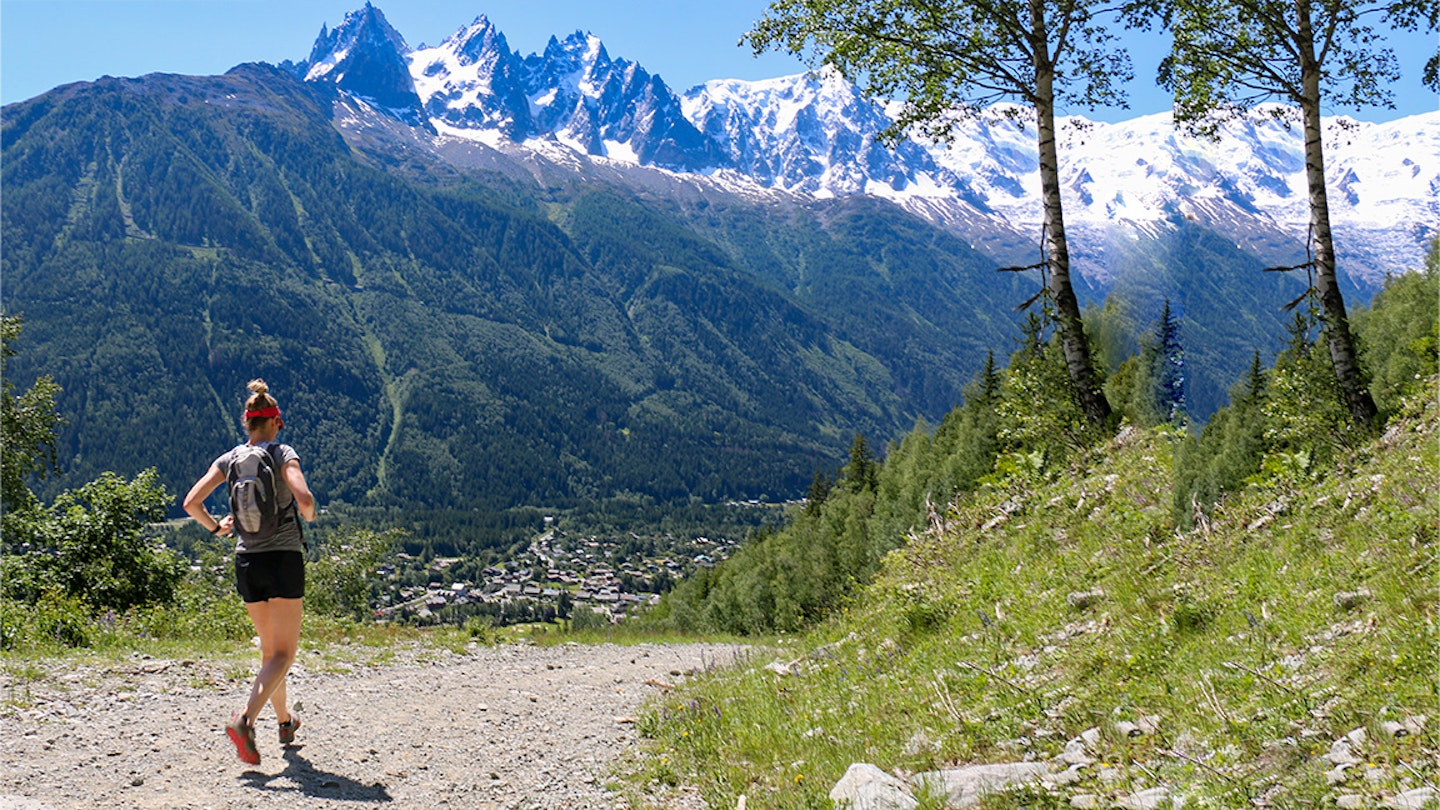
Half marathon training: Stick to the plan
The hardest part of training is summoning the motivation on a regular basis to do it! If you struggle with motivation, then there are a few tricks you an employ to increase the likelihood of you following a plan:
1. Accountability. Become accountable to someone. This can mean getting a running coach, for example with Run the Wild, who you know will ask you how the session went. Tell people you are training for a half marathon, so again you anticipate being asked how its all going. While this may sound like pressure to you, there is a certain amount of pressure that is good for us psychologically and will propel us forwards to our goals.
2. Run with others. Whether this be a running club, or with friends. When the weather isn’t being kind, the chance you will get out is far higher if you are running with someone else. There are some sessions where it really doesn’t matter in the slightest if you are very different paces to those you're running with, such as short speed work sessions, just having someone out on the same track as you will help.

3. Sign up to an actual event. This can be a race, but doesn’t have to be. Run the Wild have Half Marathon distance guided trail runs every spring and autumn. Alternatively, create your own running challenge that you want to complete.
4. Have a good ‘WHY’. Understanding why we want to take on challenges is vital in the psyche of following a plan to achieve those challenges. This is your motivation to get out of bed in the morning and lace-up. This is completely personal, and doesn’t have to be shared with anyone, so don’t worry however foolish it may seem. Take a bit of time before starting any program to really think about why you are doing it and what drives you.
Half marathon training: The components
To really reap the most benefits, half marathon training plans must be specific to the individual rather than generic, but the format should have the same basic concepts:
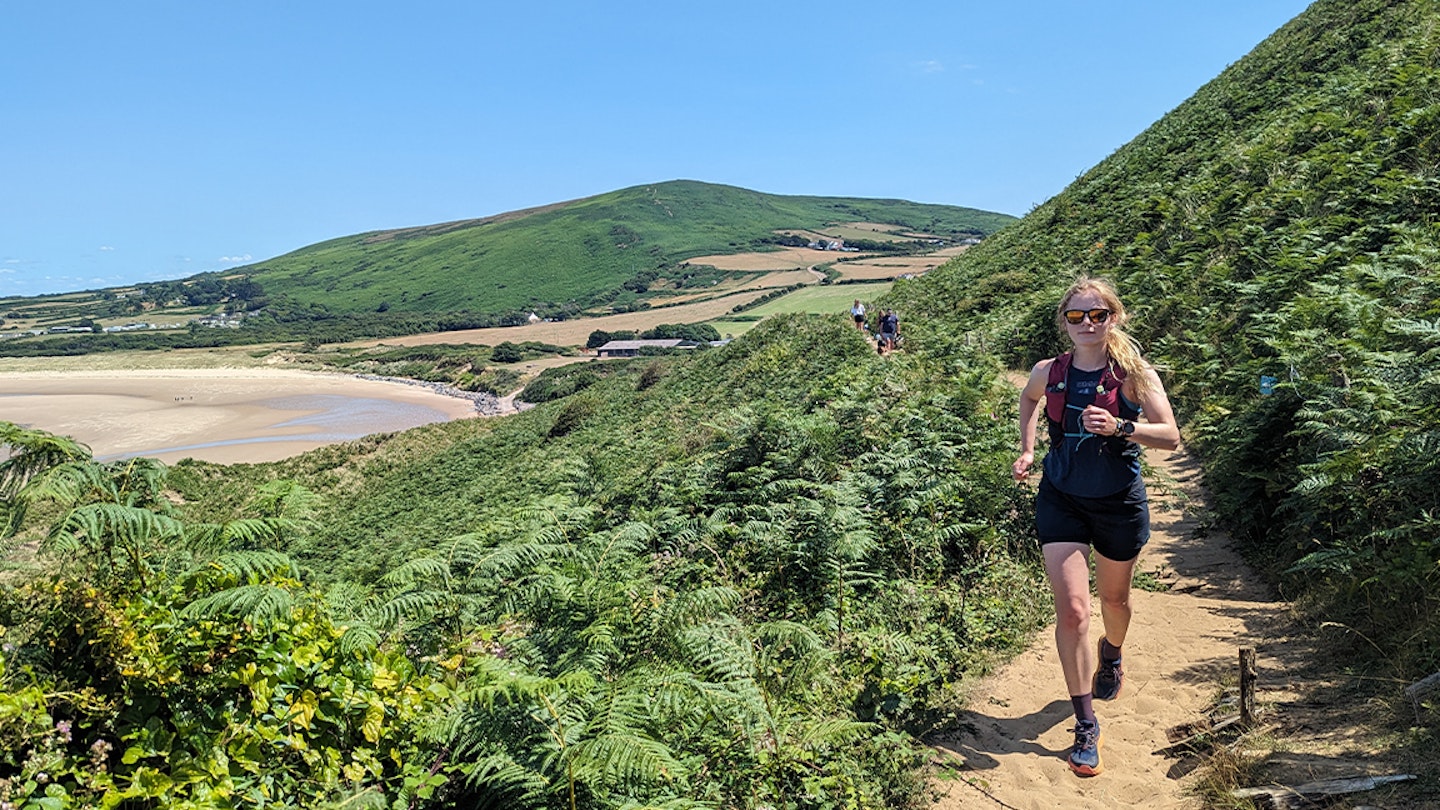
Long run – this is a weekly run that is typically slower than your half marathon (HM) target race pace. The goal of the long run is to slowly increase your endurance levels.
Hill work – Hill work is really speed work in disguise, and has the great benefit of being much kinder on the body. It promotes good running form (think driving your arms, really lifting your knees), and is a tough session. Hill reps can vary from hill bounds (typically 10 strides) anything up to five minutes or more of sustained uphill effort. Obviously, the effort level will in part be dependent on gradient.
Intervals – People often mix-up intervals, tempo sessions, and speed work. Intervals and speed work are largely the same thing, but many running coaches will simply define them by length. For me personally, I consider repetitions (reps) of anything less than 400m to be speed (basically flat-out as fast as you can run), and Intervals can be anything from 400m up to 1 mile (or possibly longer, but this is less likely to be beneficial for a half marathon program).
The idea is usually that you run the rep as fast as you can, then to maintain that pace for the future reps/sets. This takes practise to tune in on how long you can sustain that uncomfortable feeling. Good example half marathon interval sessions could include: 10 x 400m, 5 x 800m, 4 x 1km etc.
Start with fewer reps, and a recovery that allows you to fully get your breathing back under control, to allow you to push with consistency on the next rep. Start with 100% recovery time (so you are recovering for the same time the rep took you) and aim to reduce this over time to somewhere near 50%.
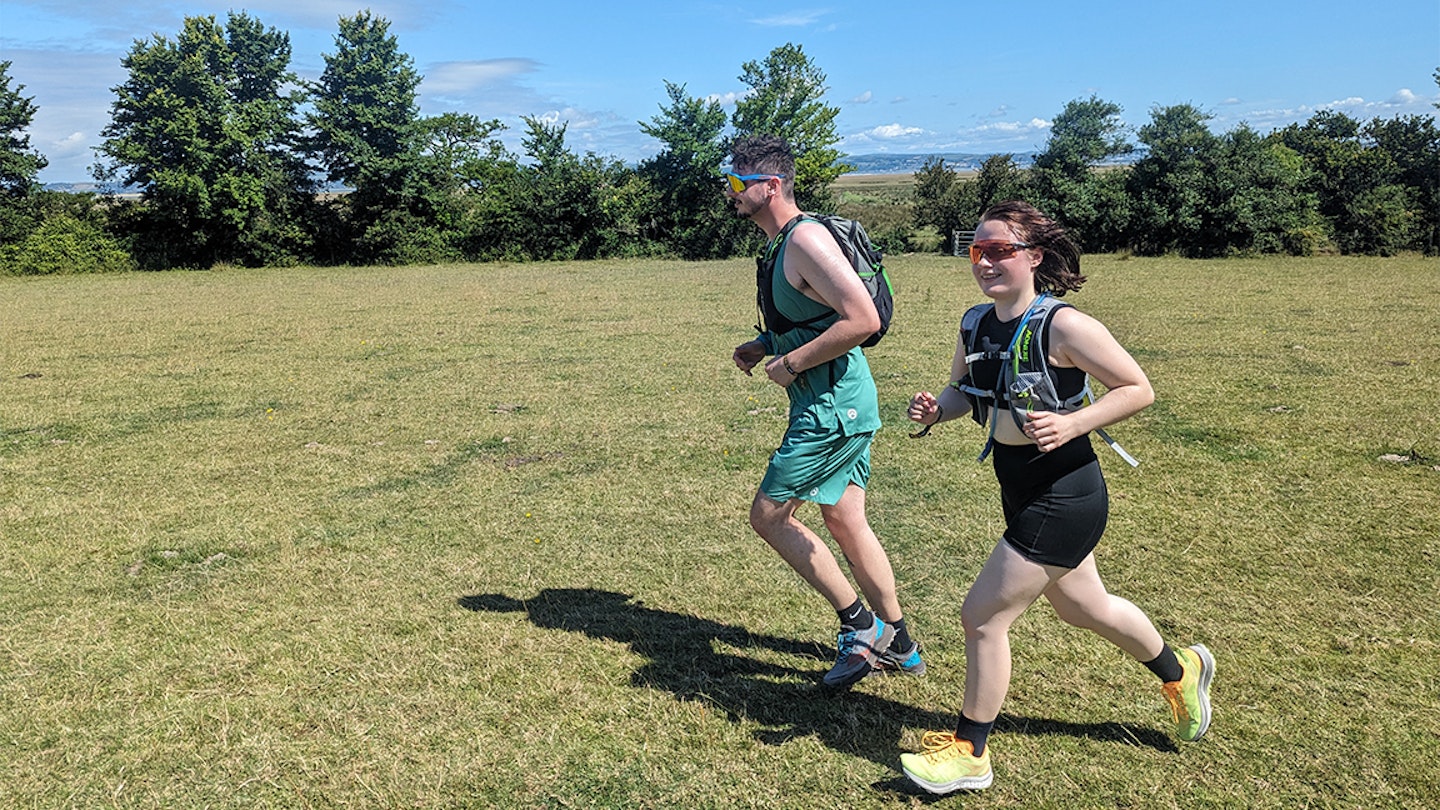
Tempo sessions – Tempo sessions differ from intervals in that tempo is a consistently maintained pace for a longer effort. These sessions allow you to run faster for longer. We want to be able to run at a pace that is around the maximum, while still clearing out the lactate build-up. The more you run, the more efficient you become, and the faster you are able to go for longer periods of time.
Effort level feels something like 6-8 out of 10 (10 is flat out sprinting). The longer the tempo, the lower the intensity is needed to be. A good half marathon tempo session would be 1.5km warm up, then 5km at 10k race pace, and then 1.5km cool down. You can also break a tempo down into almost interval-like sessions, such as a warm-up, and then 5 x 5 minutes, alternating recovery easy pace with 10k race pace.
Easy runs – not to be confused with junk miles! Easy runs can aid and speed up a body’s recovery from hard sessions, and the more we run, the more efficient we become as runners, even at a steady pace. Easy runs can vary in length but shouldn’t be run so hard as to have detrimental impact on the body. They are an opportunity for your body to recover.
For someone running three times a week, I would suggest one long run, one easy run, and one session involving tempo/interval/speed/hill work per week. If you have the capacity to run more than three times, typically I would suggest maintaining only one long run, and increasing the number of tempo/speed/interval/hill sessions and easy sessions in equal proportions.
Half marathon training: Rest
Sleeping, eating, and hydrating well are how your body rests and recovers in the downtime between training. Especially after a long or hard session, your body needs time to rebuild sore or overworked muscles. It’s often overlooked but it’s essential to make progress.
Half marathon training: Let's go!
The great thing about a program is that it keeps you motivated, on track, and breaks the whole process down into bite-sized pieces so you can achieve your goal.
If you would like help in creating a bespoke half marathon program, drop Run The Wild an email at info@runthewild.co.uk or have a look at the website for details on our bespoke coaching packages. You will not only be given guidance on running sessions and strength and conditioning sessions, but also advice on technique, kit choices, and of course the all-important accountability.
What's a good half marathon time?

What's considered a good half marathon time will differ distinctly from one person to the next. That's because running time goals can be incredibly personal to the individual. That being said, taking a look at the pointy end of the sport shows us that a faster-than-average half marathon time for a man would be sub-1h43 and for women would be sub-2h.
The average time to run a half marathon is 2h 2min, so it's no surprise that the most common goal is a sub-2h time. To achieve a sub-2h race (59min 59s), your average pace needs to be 9:09/mile, or 5:41min/km. By extension, this is also the average pace needed to run a sub-4h marathon.
That being said, if you're a first-time half marathon runner, your chosen time goal may well be 2h15, or 2h30, or sub-3h. Pace in running is all relative and even more so when we take it to the trails, where time has less meaning in the face of increased elevation and off-road terrain that will slow down your typical on-road average pace.
How long to train for a half marathon?
As explained by coach Karin earlier in the article, when planning how long you need to train for your half marathon, you must first of all take into account your 'base' running fitness. This means that if your body is used to running a few times a week and you're comfortable with running 10km, then you'll probably only need up to 12 weeks if your goal is to achieve a good time/result.
For those less used to running, a 16-week plan timeframe would be recommended. Of course, you can run a half marathon with less training time than this, these guidelines are for those who want to make physiological and fitness improvements leading up to race day and achieve their best effort on the day itself.
What is Run The Wild?
Simon James founded Run the Wild in 2013, which has now been delivering incredible trail running adventures for over a decade. Karin is Head Guide and Coach at Run the Wild and an ultra runners herself. Our running events include everything from 10km runs in the Chilterns to multi-day running holidays in the Alps. From guided runs to navigation workshops and running coaching – there is something for you wherever you are on your trail running journey!
